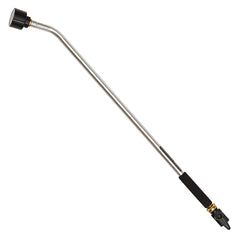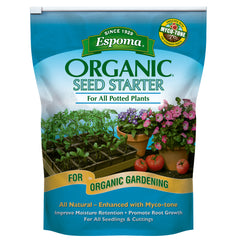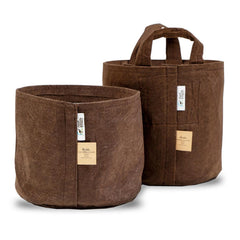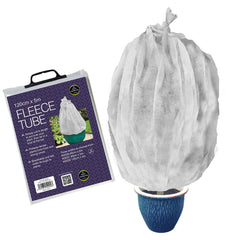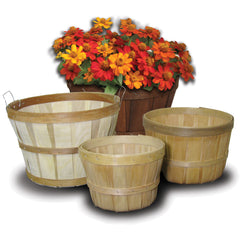
Herbaceous
Bell Pepper
USDA Zone: 9–11
Lifecycle: Annual
Mature Size: 1–3 ft. tall
Native Region: Central/South America
Sunlight Requirements: Full Sun
Learn about: Care, Seeding, Planting and Potting, Feeding, Winterizing, Harvesting and Pruning

USDA Zone: 9–11
Lifecycle: Annual
Mature Size: 1–3 ft. tall
Native Region: Central/South America
Sunlight Requirements: Full Sun
Learn about: Care, Seeding, Planting and Potting, Feeding, Winterizing, Harvesting and Pruning
To produce consistently delicious bell peppers, the plants need consistent care. Place them in well-drained soil where they receive 6-8 hours of direct sunlight every day. Provide 1-2 inches of water per week depending on the climate. Let the soil dry slightly between waterings to prevent root rot. Don’t let it dry too much, though, as this can cause the fruit to taste bitter. Stakes help keep bell pepper plants upright, lowering the risk of infestation or scalding.
The two pests most drawn to bell peppers are flea beetles and aphids. Monitor the plants for signs of these insects and combat them with organic pesticides. Also beware of blossom-end rot, a disease triggered when overwatering washes away calcium in the soil.
Seeding pepper plants 8-10 weeks before the final spring frost will give you a head start on the growing season. You can use seeding trays, cell trays or small pots. Fill your containers with seed-starting mix and sow the seeds about a quarter-inch deep. Keep them in a sunny area that is 70-85 degrees and water them enough to keep the soil most. The seeds should germinate in 1-3 weeks. At this point, gradually introduce the seedlings to cooler, outdoor-like conditions, which will reduce transplant shock.
You can plant or transplant bell pepper plants when the soil temperature reaches 65 degrees. Ground-based seedlings should be placed 18-24 inches apart. If you are planting in a shared garden, bell peppers do best near corn, carrots and cucumbers. Keep them away from cabbages and fennels as they compete for the same nutrients and attract the same pests. For container bell peppers, use a well-draining pot that is at least one foot wide.
Pepper plants are hungry, so feed them regularly. Add fertilizer during the initial planting, then every 4-6 weeks for ground-based plants and 2-3 weeks for container plants. Use a low-nitrogen fertilizer in the early stages as high nitrogen levels result in more leafy growth than fruit growth. Once fruits start developing, switch to a balanced fertilizer. Do regular soil testing to determine what the plants need for macro- and micronutrients.
Although pepper plants go dormant in winter, extreme cold can cause injury or death. If possible, move plants indoors before the first fall frost, even if this means switching ground plants to containers. Remove all remaining fruit and leaves, reduce watering and cut all branches back to a few main Y’s with 1-2 inches above each; this helps the plant save energy. For plants that must remain in the ground, add mulch and either frost covers or burlap blankets to protect against cold.
In addition to winterization pruning, early- and late-season pruning will help growth. While the plants are establishing in the spring, remove diseased leaves, lower branches and side shoots so the main stems grow stronger. Then 3-4 weeks before the first fall frost, cut away branches and flowers without fruit so the remaining fruit has more resources.
A bell pepper is ready to harvest when it is your preferred color (green, yellow, red, orange), is firm and has a light sheen. Use a knife, shears or sharp scissors to cut the fruit at the stem. Harvesting regularly will spur the plant to produce more fruit. Bell peppers last 1-2 weeks in the refrigerator.





